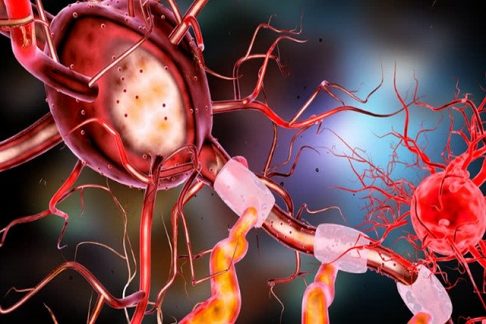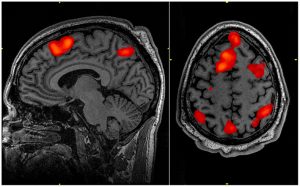What you will not learn about the nervous system at school


Last modified: 03-05-2020
The article presents facts about the functioning of the nervous system, according to the latest research, but not necessarily consistent with the information from textbooks.
Only neurons generate the action potential – False
According to the textbook knowledge, neurons’ function is to transmit information in the form of electrical stimuli (action potential), and function of the second component of nerve tissue – glial cells – nutrition and protection of neurons. Recent studies have shown, however, that the glial cells also take part in the regulation of communication between neurons and controlling the blood flow through the capillary vessels in the brain, and even as neurons can generate an action potential (1).
Neurotransmitters can be released only from synapses – False
Textbooks for biology (high school, but also for students) say that neurotransmitters are secreted by the synaptic knobs, ie. the end of axons and transmitted between neurons via synapses, that is small gaps between the ends of axons of one cell and dendrites of the second cell. Recent studies on mice and rats has shown however that in white matter neurotransmitters can be secreted also by the axons (2,3).
Only a nerve impulse can stimulate the synapse to release neurotransmitters – False
Research in 2006 showed that in the autonomic nervous system synapse may be activated to extract neurotransmitter not only by action potentials spreading through nerve fibers, but also (in the absence of nerve impulse) by the secondary chemical messengers traveling along the nerve fibers (4).
The adult brain does not create new nerve cells – False
I remember that I “knew” once that from a certain age the number of cells in the brain can only decline and that neurogenesis, ie. the formation of new nerve cells does not occur in adults. That is what I was learned at school. Now itt is now known that, in the adult brain are small amount of neural stem cells, which can form a new mature neurons. Scientists have detected the formation of new nerve cells in two areas of the brain: the dentate gyrus of the hippocampus and around the ventricles of the brain, where they pass into the olfactory bulb. It is not known yet what is the significance of neurogenesis in adults: some studies say that the formation of new neurons in adults provides better memory, other that allows forgetfulness, and still others that enables recovery of the brain after injury. Scientists hope to use neural stem cells to treat neurodegenerative diseases such as Alzheimer’s, Huntington’s and Parkinson’s. At the moment it is not yet known the exact mechanism of neurogenesis in adults. It is known that participates in it Wnt3 signal molecule secreted by a different type of nervous system cells – astrocytes(5), and cyclin D2 participating in the inspection of division and growth of all body cells(6).
We only use 10% of our brain possibilities – False
If you reach this article, you probably are interested in the nervous system, so surely you’ve heard about this myth and you know it’s a myth, but just in case… During some activities actually we use only a certain part of our brain, but depending on what we do, there are activated different parts of the brain, so the total use is 100%. Some compare it to the muscles, which we do not use all at once, but all in all, however, we use all of them. I think one could argue with the comparison, because actually we use every muscle group, but not everyone uses 100% of the force of each muscle group… In any case, the current science is clear that we use the full potential of your brain, not just a certain part (which does not mean that at some time some revolutionary study did not find anything else ;)).
References
- Spiking and nonspiking classes of oligodendrocyte precursor glia in CNS white matter
- Vesicular glutamate release from axons in white matter
- Vesicular release of glutamate from unmyelinated axons in white matter
- Neuronal Conduction of Excitation without Action Potentials Based on Ceramide Production
- Nowe aspekty neurogenezy u dorosłych
- Nowe neurony w dorosłym mózgu powstają dzięki cyklinie D2
Other references
Author: Maja Kochanowska






Add comment